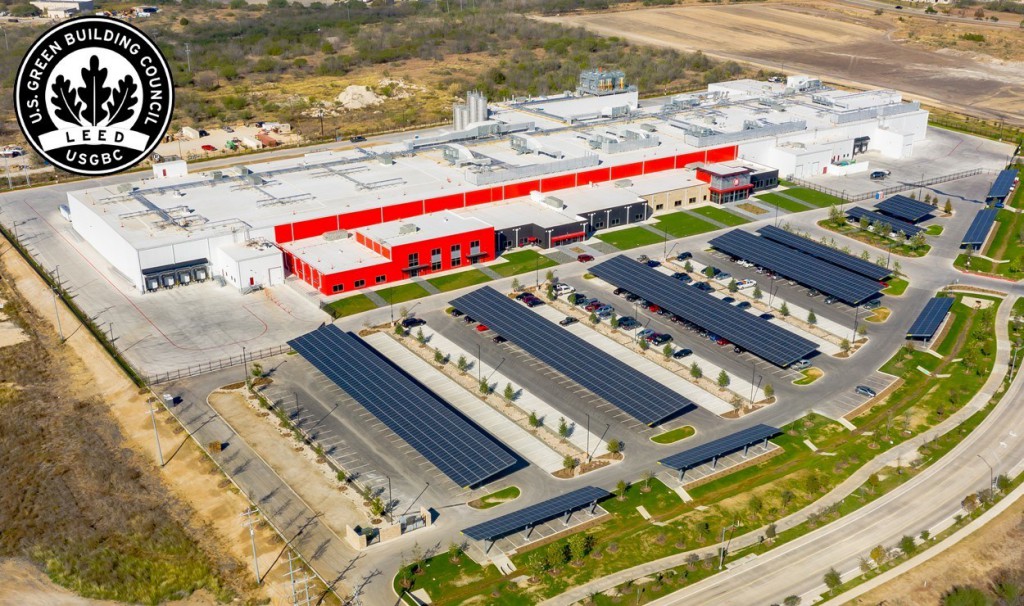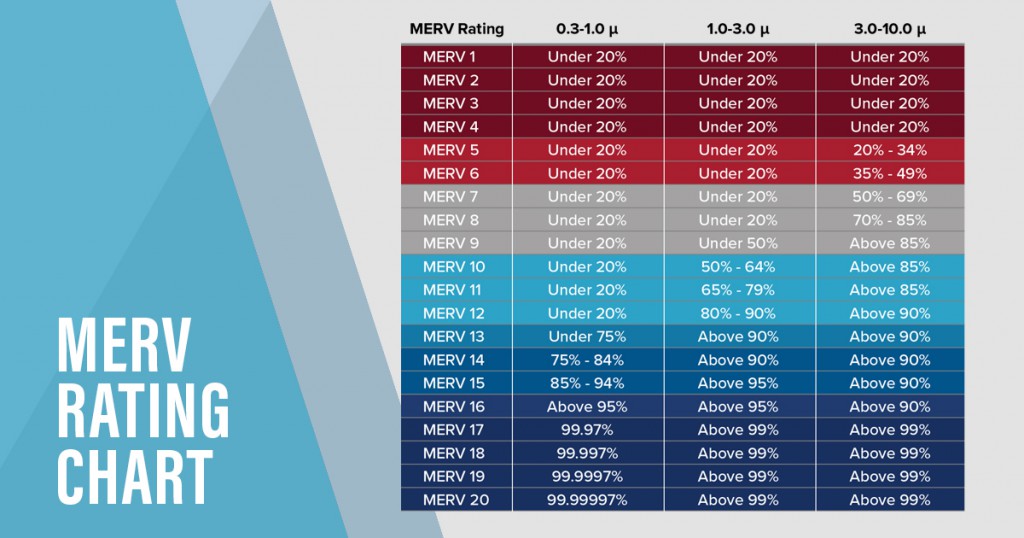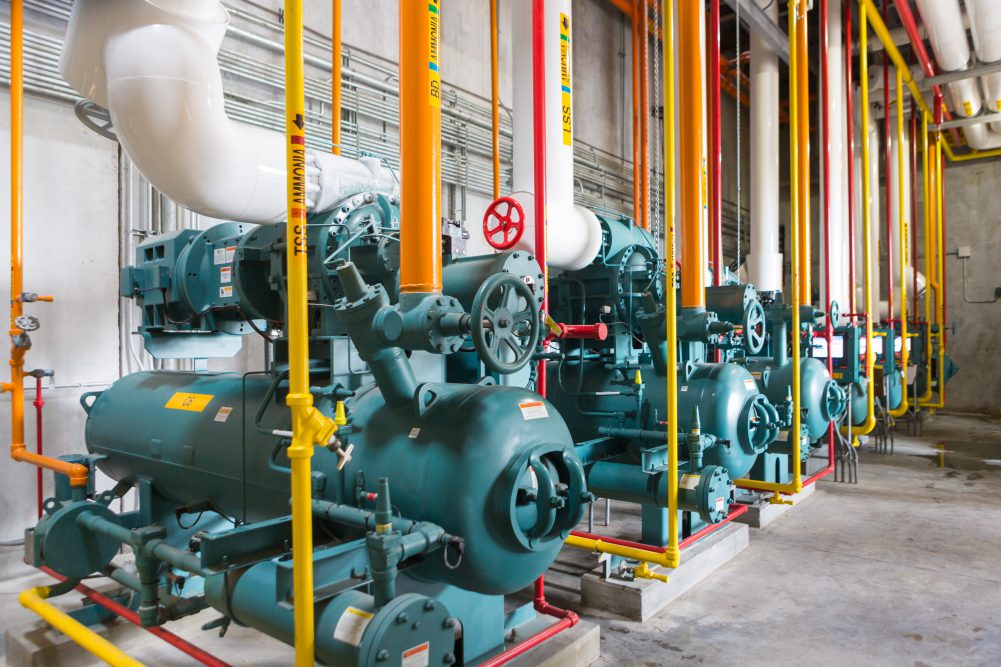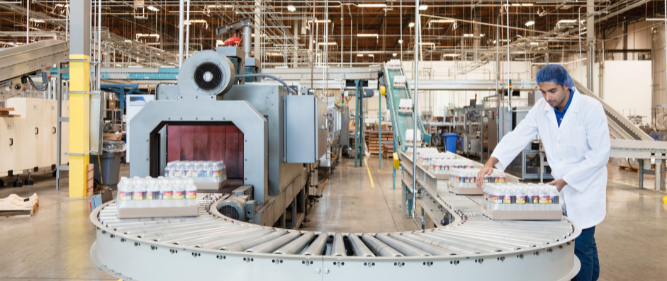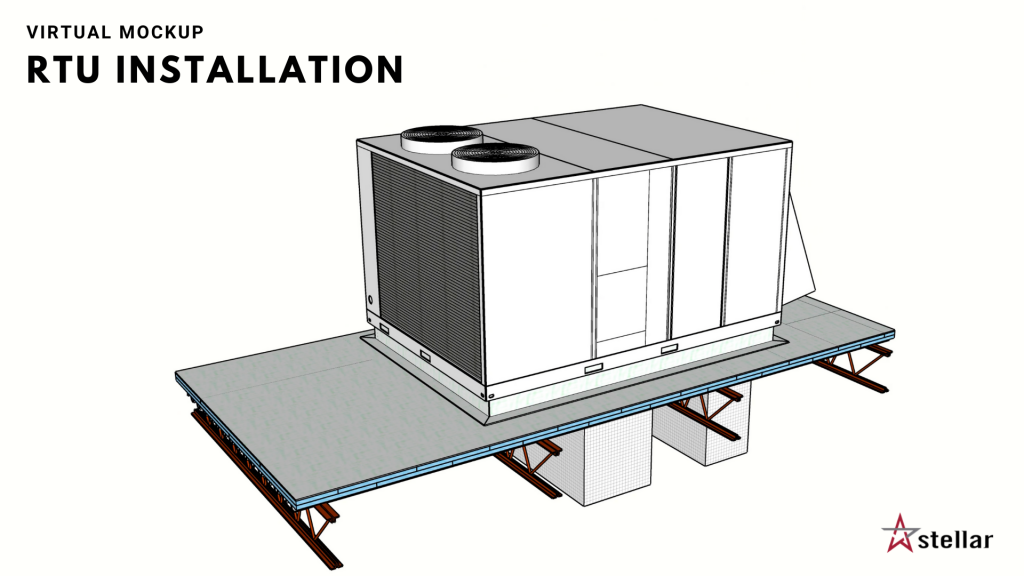Retrofitting an Existing Space for Cold Storage? Keep These Factors in Mind.
Cold storage is already a multibillion-dollar market, but it’s expected to continue growing in the years ahead. This surge is fueled by a number of factors, including:
- Increased demand for fresh food
- Growth in supermarket sales
- A rise in online grocery shopping
- The need for pharmaceutical drug and vaccine storage
As cold storage construction booms, some are converting existing buildings into refrigerated facilities. However, cold storage warehouses require unique specifications for the structure’s thermal envelope that are much more complex than a typical dry warehouse.
It’s crucial to understand these unique differences and the level of specialized detail involved, especially when it comes to a retrofit. Otherwise, you may face costly problems with your facility’s performance and thermal envelope in the future.
Continue Reading “Retrofitting an Existing Space for Cold Storage? Keep These Factors in Mind.”


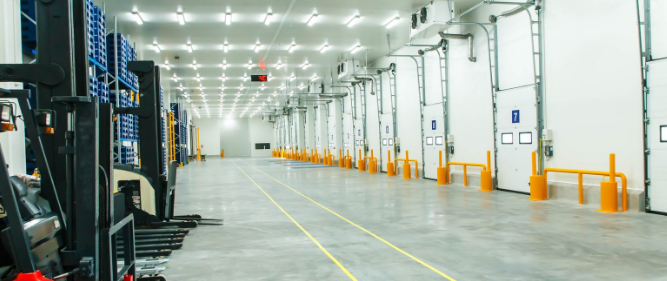
![Inside the World’s Largest Sous Vide Processing Facility [PHOTOS]](https://stellarfoodforthought.net/wp-content/uploads/2021/11/Cuisine-Solutions_01.jpg)
